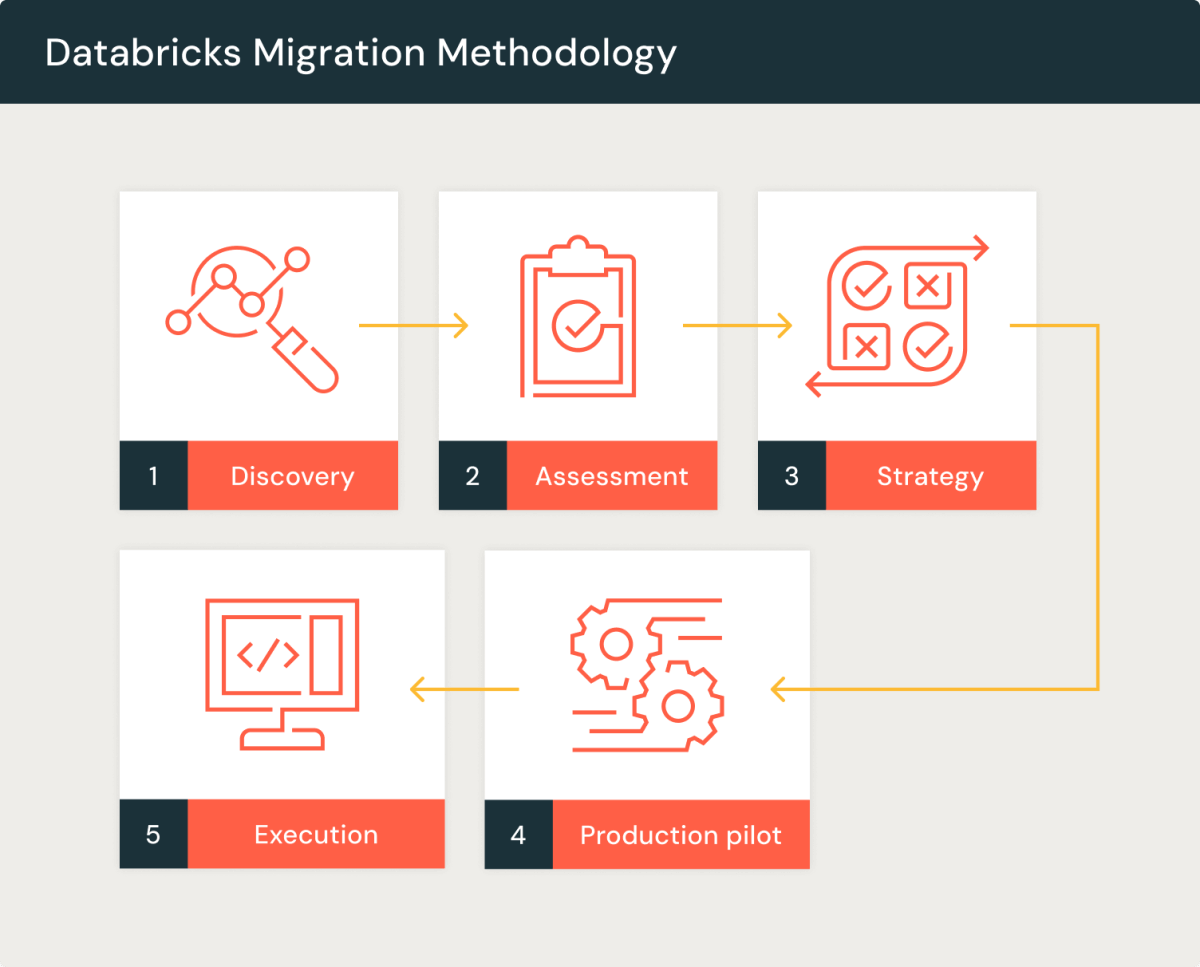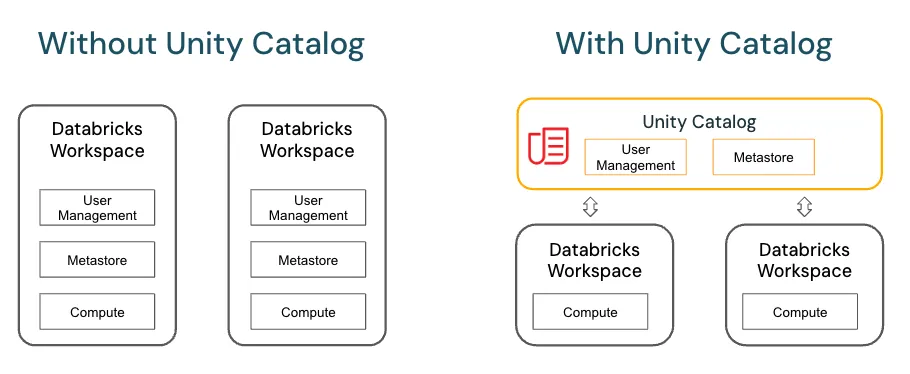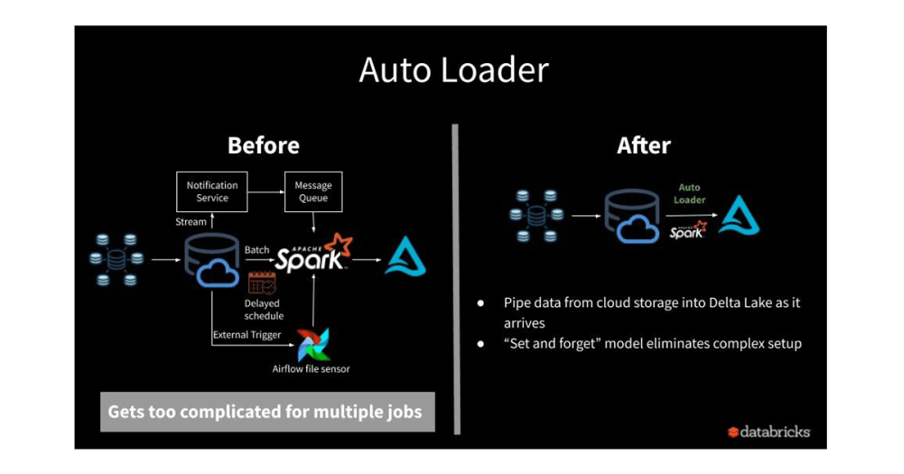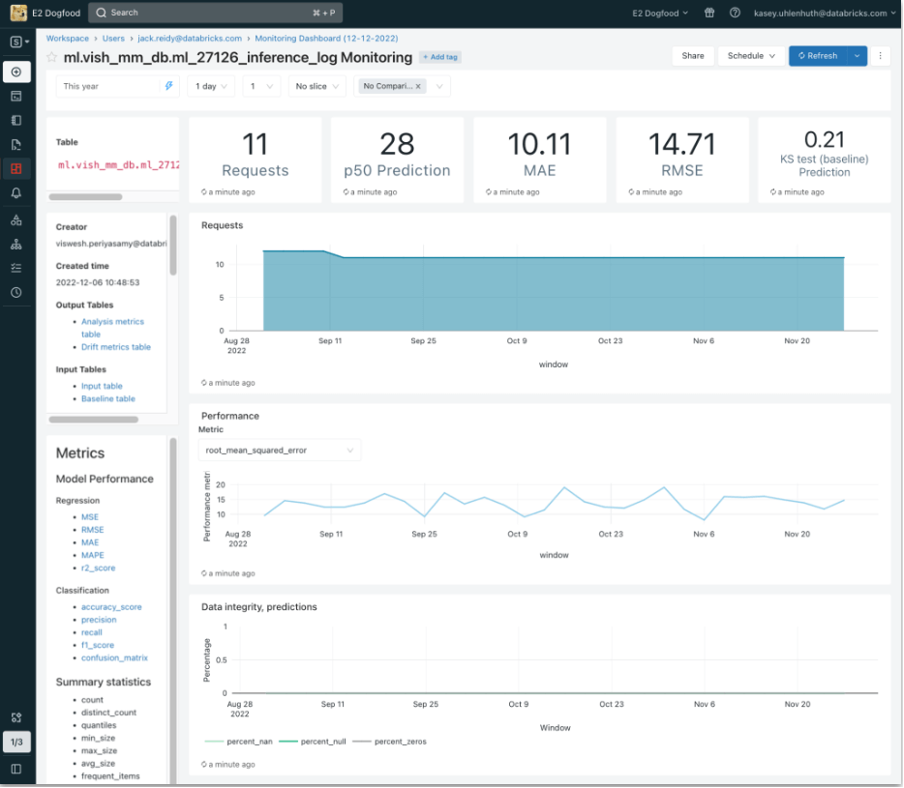
General Introduction & Study Purpose
The white paper by Keystone Strategy and Microsoft aims to quantify the business impact of advanced data platforms by introducing a Data & Analytics Maturity Model. The central research question was:
Do enterprises with more advanced data platforms outperform their peers in business performance?
To answer this, Keystone conducted 344 structured interviews with senior leaders from enterprises across industries like manufacturing, retail, financial services, and consumer goods. They developed a maturity index based on 74 capability indicators across six core product areas.
Enterprises were then grouped into four stages of maturity — Reactive, Informative, Predictive, and Transformative — and benchmarked on profitability, productivity, and technological sophistication.
Key Finding:
Companies with advanced Data & Analytics capabilities (Stage 4 – Transformative) outperform laggards (Stage 1 – Reactive) with:
- +8% higher operating margins
- Higher employee productivity
- Faster, data-driven decision-making across functions
These leaders treat data as a strategic asset, using it to drive innovation, efficiency, customer insights, and new revenue streams.


The Six Data Platform Technology Areas (Keystone Model)
These six areas together form the technical foundation of a modern data platform:
1. Operational Databases
These are the core systems that support daily transactional workloads (e.g., customer orders, finance transactions). They must handle structured data efficiently and enable real-time or near real-time data capture and access. Technologies used can include relational databases, NoSQL stores, and in-memory databases.
2. Enterprise Data Warehouse (EDW)
A central repository that integrates data from across business units and systems for reporting, trend analysis, and strategic decisions. It enables organizations to have a consistent, unified view of the business, with reliable and historical data often supporting dashboards and KPIs.
3. Business Intelligence (BI)
BI tools allow users to visualize, explore, and report on data. This includes enterprise dashboards, self-service reporting environments, and tools embedded in business systems to support decisions. BI democratizes data access for both technical and non-technical users.
4. Advanced Analytics
Covers statistical modeling, machine learning, predictive and prescriptive analytics. These capabilities go beyond reporting to provide insights into future trends or optimal actions, often using large and diverse data sources and feeding directly into operational systems.
5. Enterprise Data Lake (EDL)
A data lake is designed to store massive volumes of raw or semi-processed data — including logs, clickstreams, sensor data, and other unstructured formats. It supports advanced analytics and big data use cases that require scale and flexibility beyond traditional EDW systems.
6. Cloud Computing Infrastructure
This is the computing and storage foundation that enables elastic scalability, high availability, and cost-effective data operations. Cloud platforms allow infrastructure to be provisioned dynamically, support hybrid architectures, and often include built-in security, governance, and analytics services.

Keystone Data & Analytics Maturity Stages
The Keystone Maturity Model segments organizations into four stages based on the breadth, depth, and operationalization of their data capabilities. These stages reflect how an organization’s data platform evolves — from basic reporting to becoming a core business driver.
The Four Maturity Stages
1. Reactive
- Data is used after the fact to explain what happened.
- Reporting is manual, slow, and fragmented.
- Decisions are based on intuition or isolated insights.
2. Informative
- Data is used to provide descriptive insights into performance.
- Reporting tools and dashboards are in place.
- Some consistency in data definitions exists, and data supports operational improvements.
3. Predictive
- Organizations begin to anticipate outcomes using predictive models.
- Advanced analytics are applied to forecast trends, detect anomalies, and recommend actions.
- Models start influencing operational and strategic decisions.
4. Transformative
- Data is central to the business model and decision-making.
- Real-time data pipelines and AI/ML models drive automation and customer experiences.
- New revenue streams and business models are enabled by data.
- Enterprise-wide culture of data literacy and innovation.


























